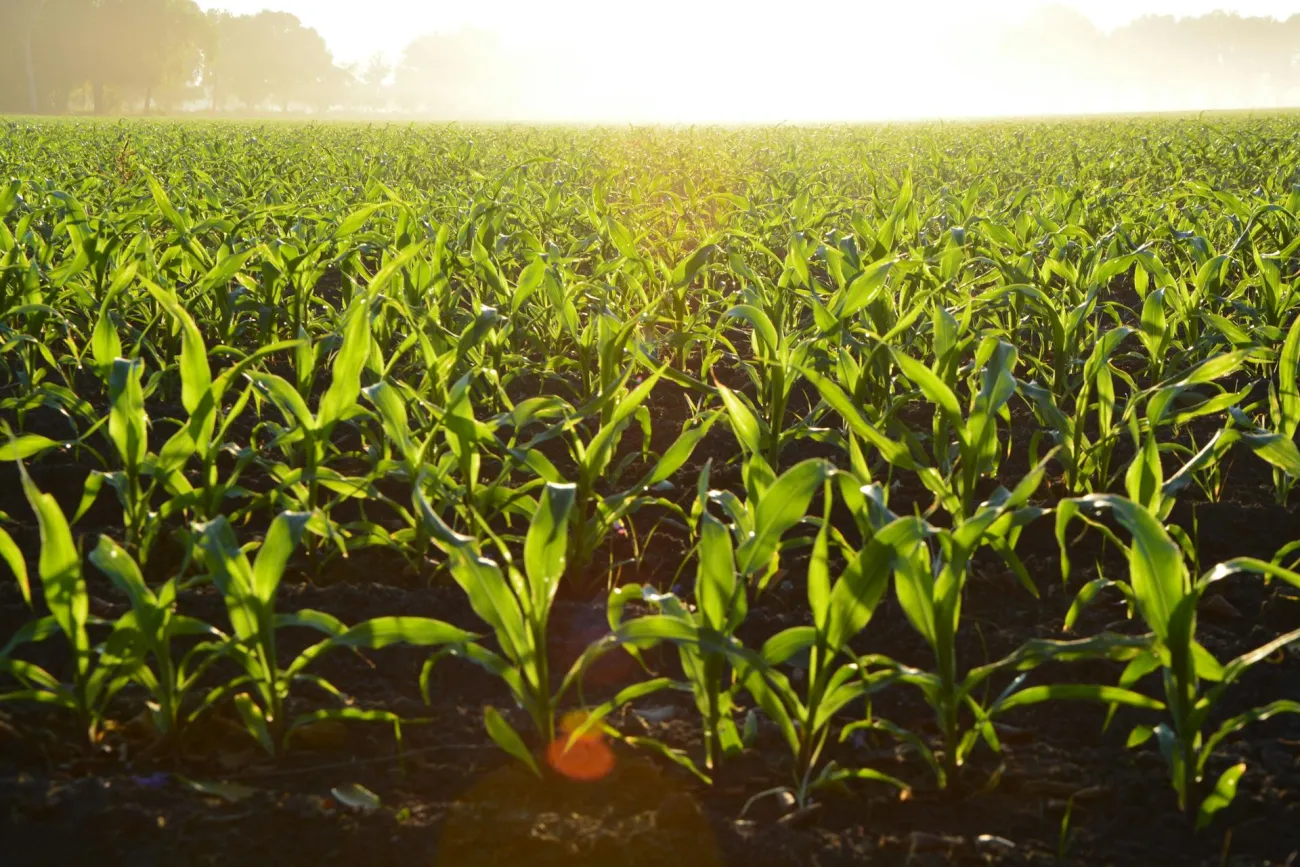This review explores the potential of combining two significant conceptual frameworks, the food systems approach (FSA) and the One Health approach (OHA), in aiding the management of zoonotic diseases such as COVID-19. Both FSA and OHA take holistic approaches to complex problems, but the authors note they also have blind spots. The researchers seek evidence as to whether the combination of these two approaches could better manage zoonotic disease outbreaks in the future. They conclude noting that the integration of One Health and food system approaches may help overcome challenges of operationalizing One Health and lack of inclusion of health issues and zoonotic diseases in food systems.

Summary
This review explores the potential of combining two significant conceptual frameworks, food systems and One Health, in aiding the management of zoonotic diseases such as COVID-19. Note that the authors focus their discussion on the integration of the two approaches within animal agriculture systems specifically.
The authors defined the food systems approach (FSA) as a means to understand the interconnectedness of the production, slaughtering, retail and consumption of animal products within socio-economic and environmental contexts. They describe the One Health approach (OHA), based on the recognition that human, animal and ecosystem health are inextricably linked, as an attempt to balance these three areas of health.
The authors note that the risk of zoonotic epidemics has escalated in recent years, and agriculture is the primary environmental driver of new disease outbreaks. Both FSA and OHA take holistic approaches to complex problems, but the authors note they also have blind spots. The researcher seeks evidence as to whether combining these two approaches could better manage zoonotic disease outbreaks in the future.
The authors find a lack of empirical evidence for the integration of food systems and One Health approaches, meaning policies built from the combination of these approaches have not been developed. Through their review, they screened a total of 98 scientific articles. 29 were considered eligible as they focused on operationalizing each approach in efforts to address zoonoses, as well as a combination of the two. The literature, according to the authors, supports the integration of the two approaches. The authors build a theoretical argument for the integration of the two approaches in managing zoonoses.
First, they argue that One Health interventions which consider the interactions of humans, animals and the environment should be implemented at various “nodes” of the food system. In other words, One Health interventions should be implemented in specific areas (like market infrastructure) with specific actors such as sellers and consumers of animal origin foods in markets and market chain governance actors. Second, the authors support the embedding of the One Health framework in food safety strategies across food supply chains. This would include economic evaluations of zoonotic diseases in food safety activities. It would also include advocating to food system decision-makers that their work on food can help prevent zoonotic diseases.
The authors conclude that the integration of One Health and food system approaches may help overcome previous challenges of operationalizing the One Health approach and the historic lack of inclusion of health issues and zoonotic diseases in the food systems approach.
Abstract
Food Systems and One Health are two approaches increasingly known for the holistic perspective they bring when addressing the issues that concern them: food and health. This systematic literature review aims to explore the evidence for using these approaches in a concerted manner to better manage zoonoses. By zoonoses management, we refer to improving the ability to address current zoonoses as well as preventing future ones. A total of 98 scientific articles were screened, of which 29 were considered eligible due to their focus on operationalizing each approach to help address zoonoses, as well as a combination of the two. Most articles implement One Health to prevent zoonoses by guiding stakeholders in concerted and participatory decision-making processes. However, the One Health approach can also be adopted via data modelling. Several articles refer to the monitoring and evaluation process of One Health initiatives to prevent zoonoses and discuss best practices to successfully implement the approach. Contrastingly, only three studies adopt a Food System approach to manage zoonoses, despite the profound connections existing between our food systems and the emergence of zoonotic risks. We conclude that there is a lack of integration between the One Health and Food System approaches to manage zoonoses. We also show that experts call for integration, so that not only human, animal, plant, and environmental health are considered, but also the socio-economic trade-offs when monitoring and developing strategies to manage zoonoses. This can be reversed, enabling zoonotic risks to be addressed when planning for our food systems of tomorrow.
Reference
Arredondo-Rivera, M., Barois, Z., Monti, G.E., Steketee, J., Daburon, A., 2024. Bridging Food Systems and One Health: A key to preventing future pandemics? One Health 18, 100727.
Read more here. See also our blog Food Sovereignty, Food Security, and Conflicting Approaches to Food Problems and our explainer What is food security?




Comments (0)